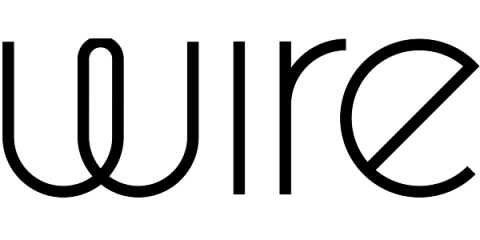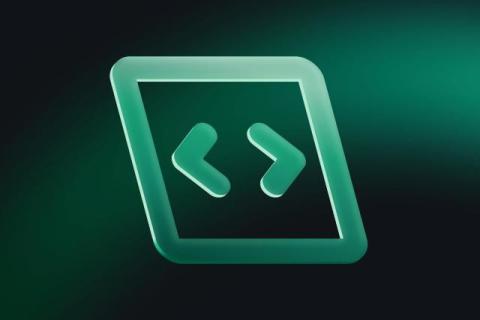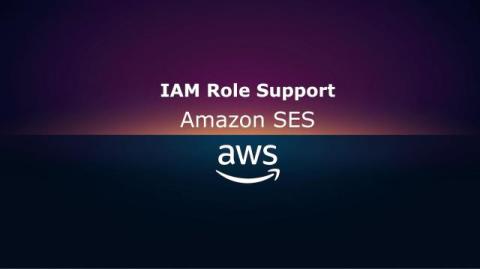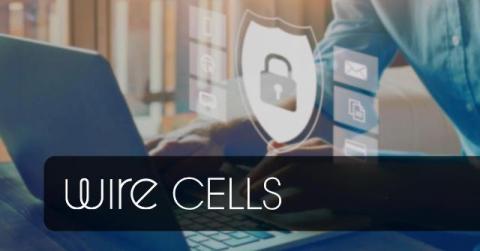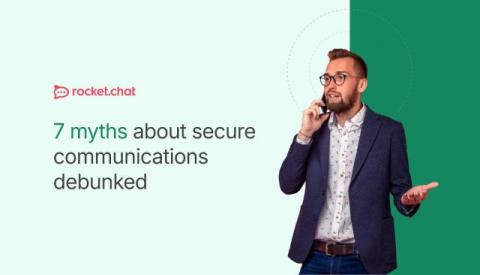Why Opt-In Security Does Not Work: The WhatsApp Backup Example
As the product leader of Wire, I am deeply invested in delivering genuine, user-first security. A critical aspect of this mission is understanding why opt-in security models often fail to protect the majority of users. A prime example of this failure is WhatsApp’s encrypted backup feature, which is a classic case of security as an afterthought rather than a default.


